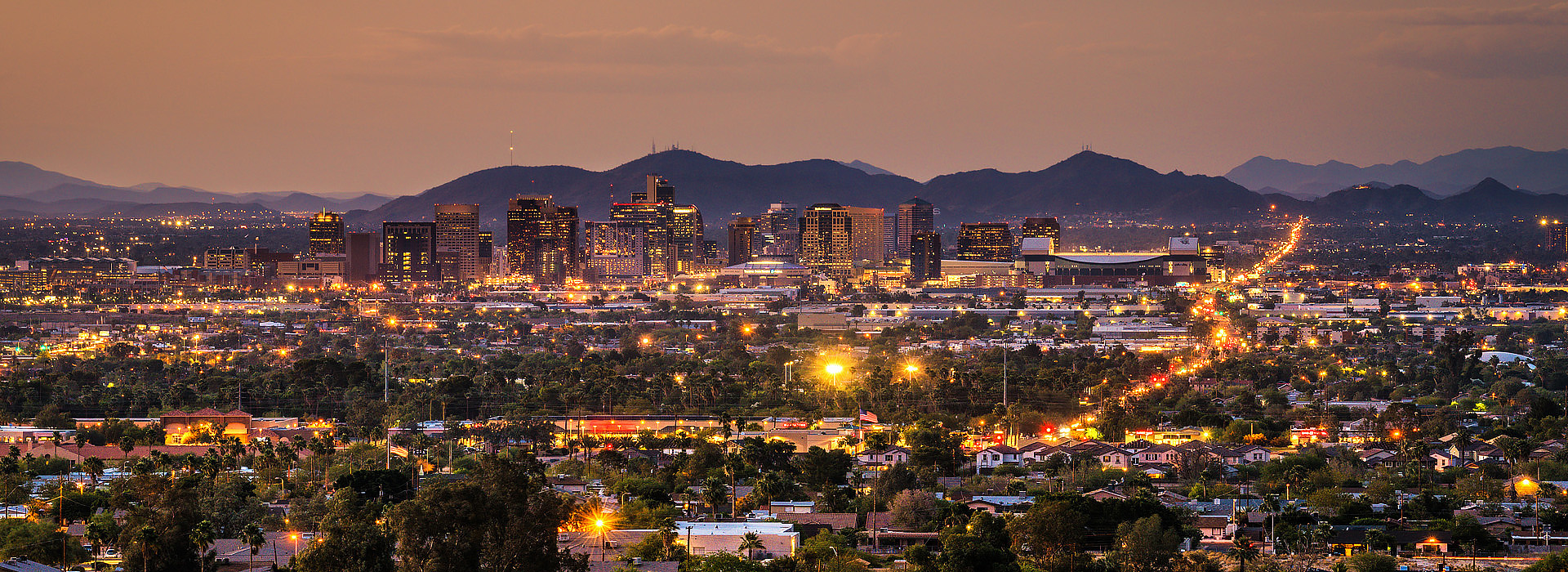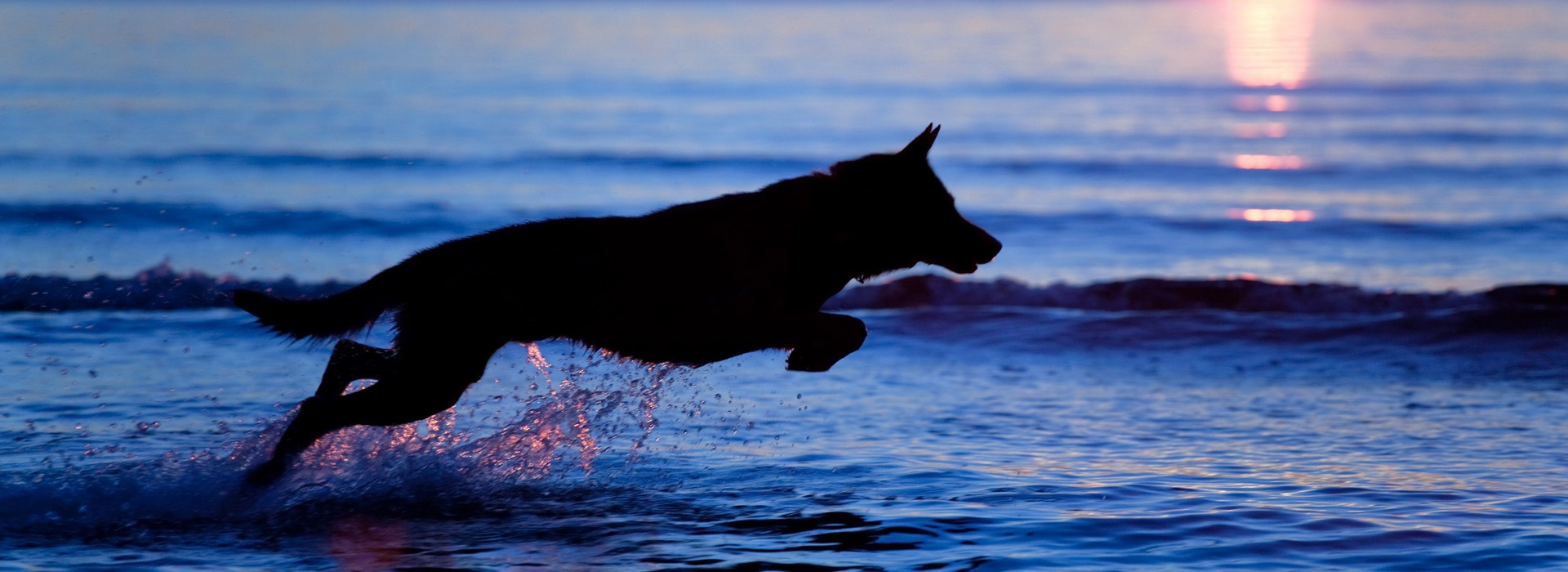Every year thousands of people across the nation are injured in slip and fall accidents. But what is a slip and fall accident? And at what point does the fault lie with the person who has slipped or fallen? And at what point should the property owner be held responsible? And what can you do after slipping and falling?
What is a Slip and Fall Injury?
A slip and fall injury can be classified as such when one party is injured on the premises of another party that is responsible for maintaining the property. When these accidents happen the property owner can be held legally responsible. These types of cases typically fall under the larger category of “premises liability” claims.
These accidents are often caused by slipping on ice, rain, or snow, or tripping over debris that could have and should have been cleared away. This can also happen as the result of torn carpet, changes in flooring levels, poor lighting, or narrow stairs. Injuries can also be caused by tripping on broken or cracked public sidewalks, or falling down flights of stairs. Same goes if someone trips on a broken or cracked public sidewalks, or falls down a flight of stairs.
If any of these slip and fall accidents happen, the plaintiff must have sustained some kind of injury to have a case and collect compensation.
Statistics on Slip and Fall Accidents
- Falls account for over 8 million hospital emergency room visits and are the leading cause of visits.
- Slip and fall accidents account for over 1 million visits.
- Fractures are the most serious consequences of these falls. And 5% of all people that fall end up with fractures.
- Slip and fall accidents represent the primary cause of lost days from work and are the leading cause of workers’ compensation claims. According to the Industrial Safety & Occupational Health Markets 5th edition, 85% of worker’s compensation claims are attributed to employees slipping on slick floors.
- According to the 2002 US Bureau of Labor Statistics, 22% of slip/fall incidents resulted in more than 31 days away from work.
- They are the leading cause of occupational injury for people aged 55 years and older.
- According to the Consumer Product Safety Commission (CPSC), floors and flooring materials directly contribute to more than 2 million fall injuries each year.
- For people between the ages of 65 and 84, falls are the second leading cause of injury-related death; for those 85 years or older, falls are the leading cause of injury-related death.
- Incidence of falls goes up with each decade of life.
- Falls are the reason for 87% of all fractures among people over the age of 65 and are the second leading cause of spinal cord and brain injury.
- Over 60% of nursing homes residents will fall each year.
- Compensation & medical costs associated with employee slip/fall accidents is approximately $70 billion annually according to the National Safety Council Injury Facts.
- Occupational injuries that cause temporary or permanent disablement cost approximately $250,000-$300,000 per year.
- Slip and Fall accidents occur in virtually all manufacturing and service sectors.
- Fatal falls occur the most in construction, mining and certain maintenance activities.
- According to Workers Compensation statistics from ITT-Hartford Insurance Company, falls account for 16% of all claims and 26% of all costs.
- According to the American Trucking Association, slip and fall accidents are the leading cause of compensable injury in the trucking industry.
Proving Your Slip and Fall Case
It can be hard to determine when someone else is legally responsible for the injuries you sustain in a slip and trip fall. There really is no precise or set way to determine liability. Each case is dependent on whether or not the property owner acted carefully to avoid potential slip and fall injuries, if you were careless and did not see or avoid the condition, or if the property owner was negligent in keeping visitors to the property informed of potentially dangerous areas. There are however some general rules that can help to determine if someone else was at fault for your slip and fall injury.
“Dangerous Condition”
For most slip and fall cases, the person that is injured must be able to prove that their fall on someone else’s property was caused by a “dangerous condition” that the owner or possessor of the property knew about. The “dangerous condition” must present an unreasonable risk to any person walking on the property. It must also be proven that the condition was something that the injured party could not and should not have anticipated under the circumstances. This requirement implies that any person on the property, or people in general must be aware of, and avoid, obvious dangers.
To show a property owner or possessor knew of a dangerous condition, a defendant will need to prove:
- The owner/possessor of the property created the condition;
- The owner/possessor of the property knew the condition existed and failed to correct it due to negligence; or
- The dangerous condition had been in existence for such a length of time that owner/possessor of the property should have discovered and corrected the situation prior to the slip and fall accident’s occurrence.
For an owner / possessor of a property to be able to be held liable, it must have been foreseeable that his or her negligence would create a dangerous condition.
Responsible Parties
In a slip and fall accident, the owner or possessor of the property can be found liable. If you’re going to bring a lawsuit against the owner of the property for your slip and fall accident you will need to understand who can be held responsible.
Commercial Property
In slip and fall accidents that happen on commercial property, there are often a number of people or entities that can and may be held responsible for someone’s injuries. To be found liable for a slip and fall accident that occurred on a commercial property, the owner/possessor of a store, restaurant, or other business, or an employee of the business:
- Must have caused dangerous condition: worn or torn carpet spot, or other slippery or dangerous surface or item, to be underfoot;
- Must have been aware of the dangerous surface but did nothing about it; or,
- Should have been aware of the dangerous surface because a “reasonable” person taking care of the property would have discovered, removed, or repaired it.
The third situation is common, but is less clear-cut due to the idea that they “should have known” or have been aware of the dangerous condition. In these types of cases, liability is often determined by common sense. A court of law will determine whether the owner or possessor of property was careful and took necessary steps to ensure the property was safe.
Residential Property
In residential settings, landlords may be held liable to tenants or third parties for slip and fall injuries that occur on rental property. For a landlord to be held responsible for a slip and fall injury, a tenant must prove:
- The landlord had control over the dangerous condition that caused the slip and fall;
- Repairing the dangerous condition would not have been difficult or unreasonably expensive;
- A serious injury could have been a consequence for not repairing the dangerous condition; and,
- The landlord’s failure to take reasonable steps to avoid any potential accident caused the slip and fall injury.
Government Property
Special rules apply if a slip and fall injury occurs on property owned by a local, state, or federal government entity. Often times government entities are shielded from liability by very stringent notice requirements and broad immunity provisions.
Working with a Slip and Fall Attorney
Slip and fall injuries can be difficult to prove because of the fact that often times an accident can be ruled as simply an accident. But if you feel that your injury was caused by negligent actions of a property owner or possessor, then you should contact a slip and fall attorney that can help you build your case.
The attorneys at Personal Injury Attorneys PLLC have experience handling personal injury cases such as slip and fall accidents. They will help build a case to ensure you receive everything you need to recover from your specific accident.


